Shingles Treatment
Marian Grosser studied human medicine in Munich. In addition, the doctor, who was interested in many things, dared to make some exciting detours: studying philosophy and art history, working on the radio and, finally, also for a Netdoctor.
More about the experts All content is checked by medical journalists.Antivirals and pain relievers are mainly used in shingles treatment. Careful skin care is also very important. Read more about herpes zoster therapy here!
ICD codes for this disease: ICD codes are internationally recognized codes for medical diagnoses. They can be found, for example, in doctor's letters or on certificates of incapacity for work. B02
Shingles Treatment: Skin Care
Careful skin care is an important part of treatment for shingles (herpes zoster). For example, disinfecting powders can prevent bacteria from settling on the affected areas of the skin. Depending on the stage, antiseptic, drying or antipruritic lotions, gels or powders are also recommended.Possible active ingredients are tannins, zinc, menthol or podicanol.
Cool, moist compresses can be beneficial if blisters have already formed. They sometimes help against ailments such as pain and itching.
Shingles treatment: pain relievers
The acute pain associated with shingles can be relieved with pain relievers. Sometimes moderately effective agents such as paracetamol or acetylsalicylic acid (ASA) are sufficient. These also have a fever lowering effect. You can get them without a prescription in the pharmacy.
If the pain is more severe, stronger pain relievers from the opioid group, such as tramadol, are often necessary. Such drugs require a prescription.
Shingles Treatment: Antivirals
Antiviral drugs target the cause of shingles: the varicella zoster virus. They inhibit the virus from multiplying and are therefore called antivirals. Examples from this class of active ingredients are acyclovir, valaciclovir, foscarnet and brivudine.
Antiviral shingles therapy can speed healing and shorten the duration of pain. The prerequisite is that you start early: Doctors recommend starting antiviral therapy within 72 hours of the appearance of the rash. Usually the antivirals are taken as tablets. If the disease progresses seriously, the doctor can also give it as an infusion.
Shingles treatment with antivirals generally makes sense. However, in some cases it is not absolutely necessary. This applies, for example, to young patients who do not have a severe form of shingles and who do not have any complications. In other cases, however, antiviral therapy is strongly recommended, for example in the case of:
- Patients older than 50 years
- shingles on the face, head or neck
- severe courses of herpes zoster
- People at increased risk of complications (such as immunodeficiency)
Shingles Treatment: Other Medications
If the shingles disease affects one ear, some patients also receive cortisone in addition to the antivirals. It has anti-inflammatory effects by reducing the body's immune response. At the moment, however, it is still unclear what advantages and disadvantages such a combination treatment has.
If a bacterial infection has also developed on the shingles rash, the doctor will prescribe an antibiotic. It fights the bacteria and is often used as an ointment.
Severe pain with shingles can put a lot of psychological stress on those affected. This is especially true if the symptoms persist even after the rash has healed (post-zoster neuralgia). In addition to strong pain relievers, the doctor can therefore prescribe a mood-enhancing drug (antidepressant).
Treatment of post-herpetic neuralgia
The most common complication of shingles is post-zoster neuralgia. It is also called postherpetic or postherpetic neuralgia. People suffer from nerve pain even after the rash has subsided. In addition, the skin can be overly sensitive and itchy. The symptoms can last for months or even years.
The attending physician will create an individual therapy plan for each patient. Painkillers are an important component. A distinction is made between two classes of active ingredients, which can also be used in combination:
- Non-opioid pain relievers such as acetylsalicylic acid or paracetamol. They are recommended for mild to moderate symptoms and are usually available from pharmacies without a prescription.
- Opioid pain relievers such as oxycodone or tramadol. They require a prescription and are only prescribed for moderate to severe pain.
Which painkillers make sense in which dosage differs from patient to patient. Above all, the type and severity of the pain play a role. The doctor will also consider how well someone is responding to a pain reliever and what side effects are occurring.
Patients with persistent (chronic) pain should seek advice and treatment from a pain therapist, pain center or pain clinic.
Further measures for post-herpetic neuralgia
In addition to painkillers, low-dose antidepressants can also be useful for post-zoster neuralgia. They inhibit the transmission of pain signals in the spinal cord. The doctor can also prescribe antispasmodic drugs: They dampen the excitability of nerve cells. This can also help against the nerve pain.
Capsaicin preparations (e.g. as an ointment) are also helpful: Capsaicin is a hot substance found in chili pepper. It triggers a burning sensation on the skin, which temporarily paralyzes the pain receptors. Alternatively, you can apply a cream with a local anesthetic (lidocaine).
Sometimes alternative treatment methods are used for post-herpetic neuralgia. These include acupuncture and TENS (transcutaneous electrical nerve stimulation). Some patients report that this actually improved their symptoms. A general statement about the benefit of such methods in post-zoster neuralgia cannot be made at the moment.
Shingles treatment in pregnancy
According to the current state of knowledge, shingles does not pose a risk to the unborn child during pregnancy. Affected women should still see a doctor. Sometimes symptomatic treatment is sufficient: As mentioned above, the affected areas of the skin can be treated with ointments or powders that relieve pain and itchiness, for example. If necessary, the doctor will discuss other options for treating herpes zoster with the patient.
Tags: skin care teeth Diagnosis

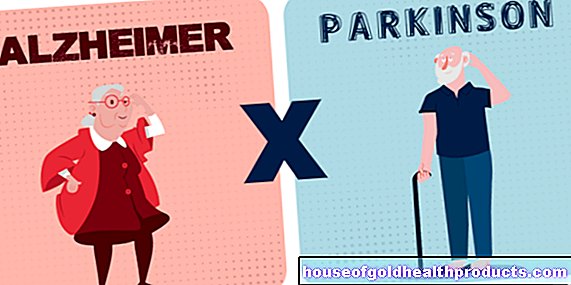
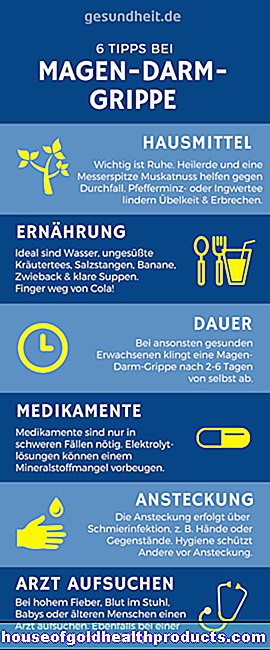

.jpg)


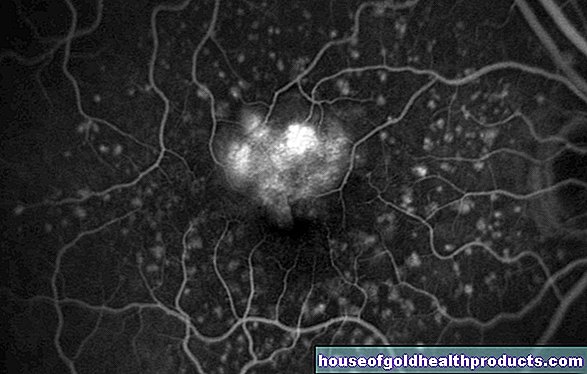


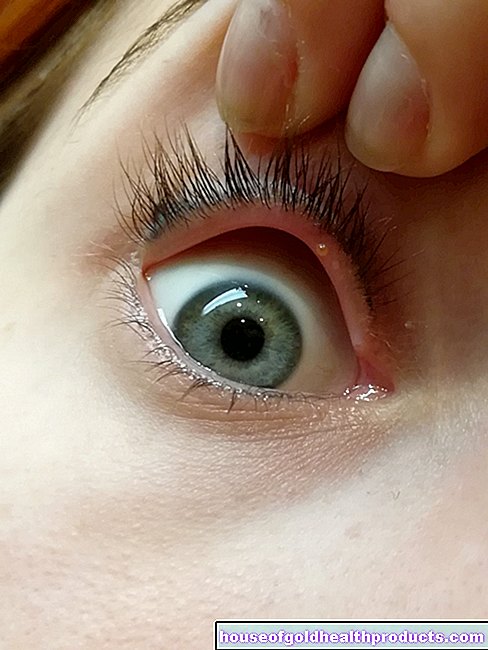
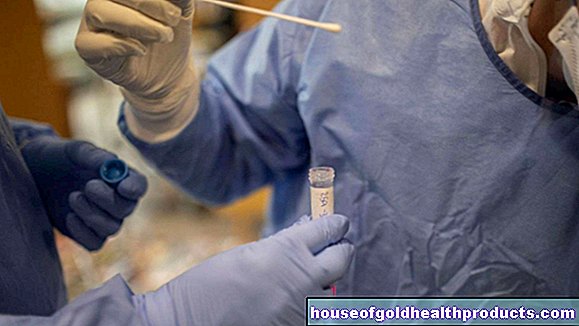
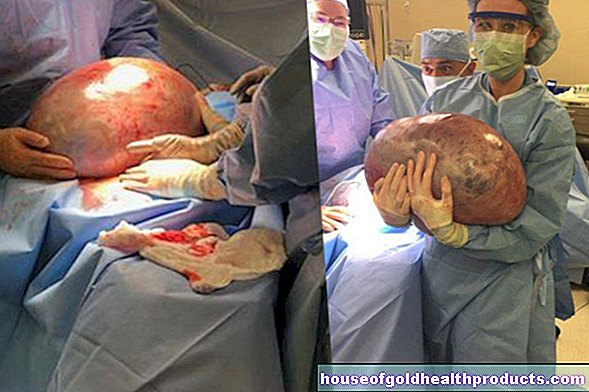
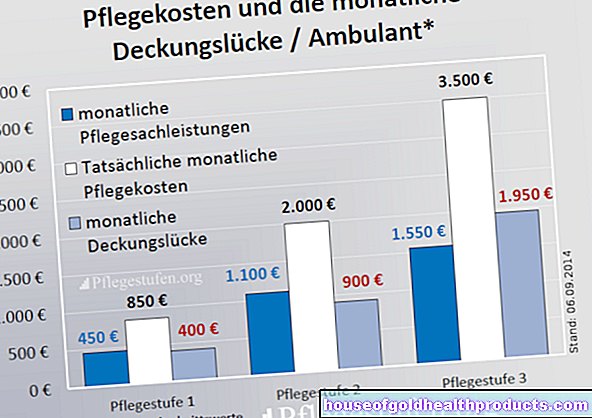
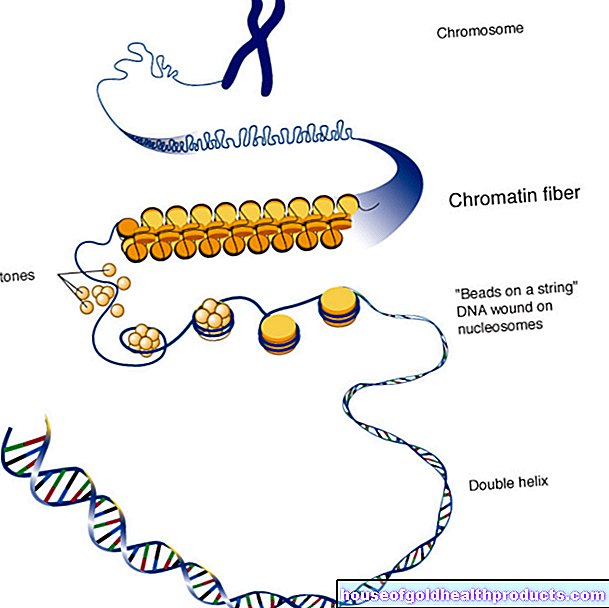
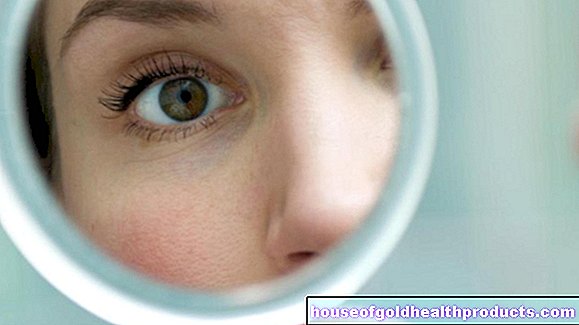


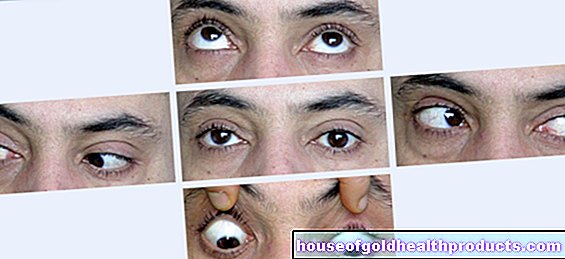


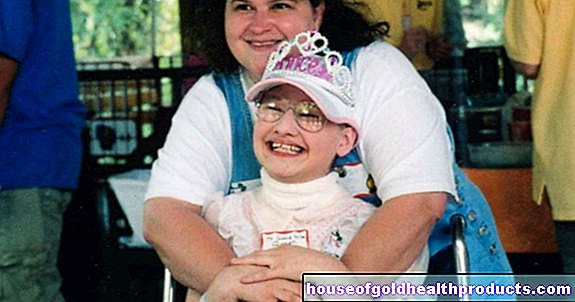
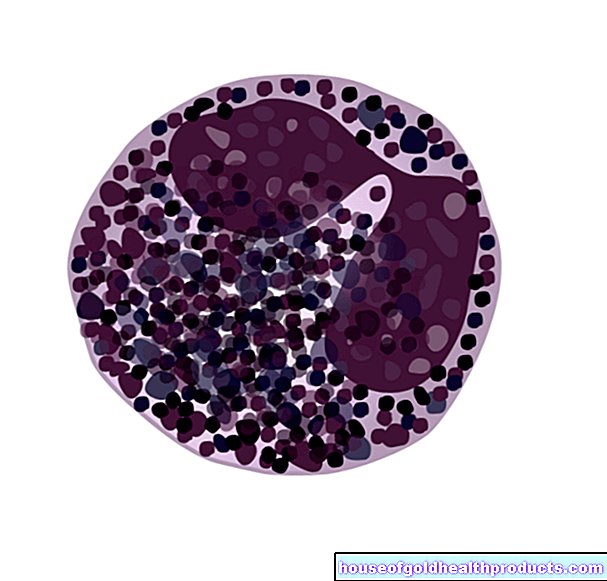


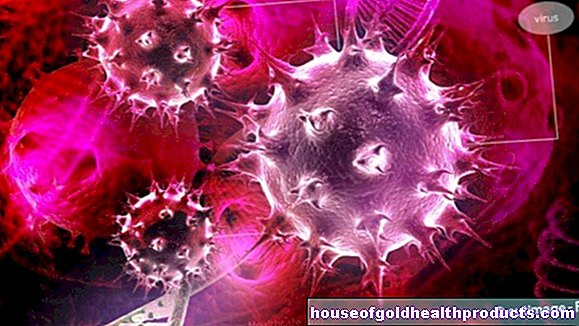

.jpg)

